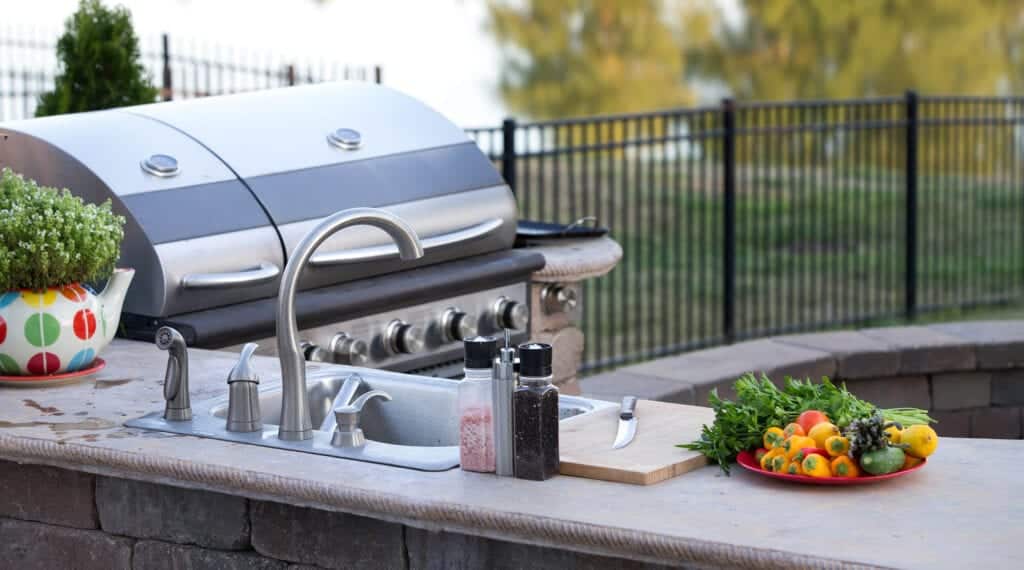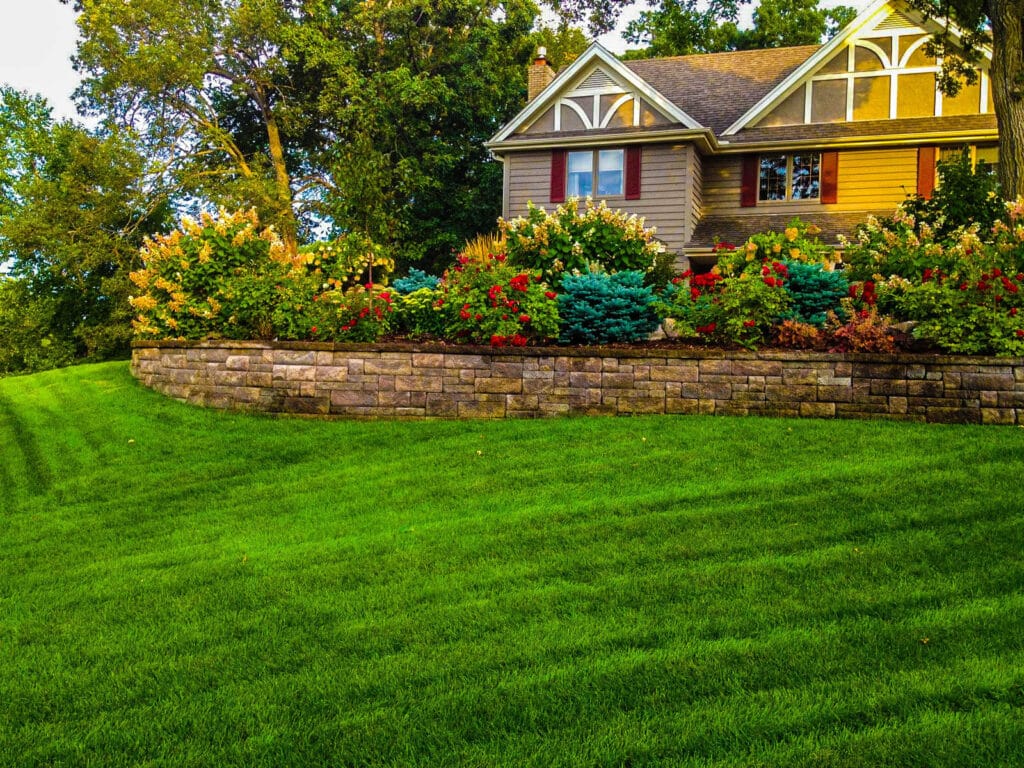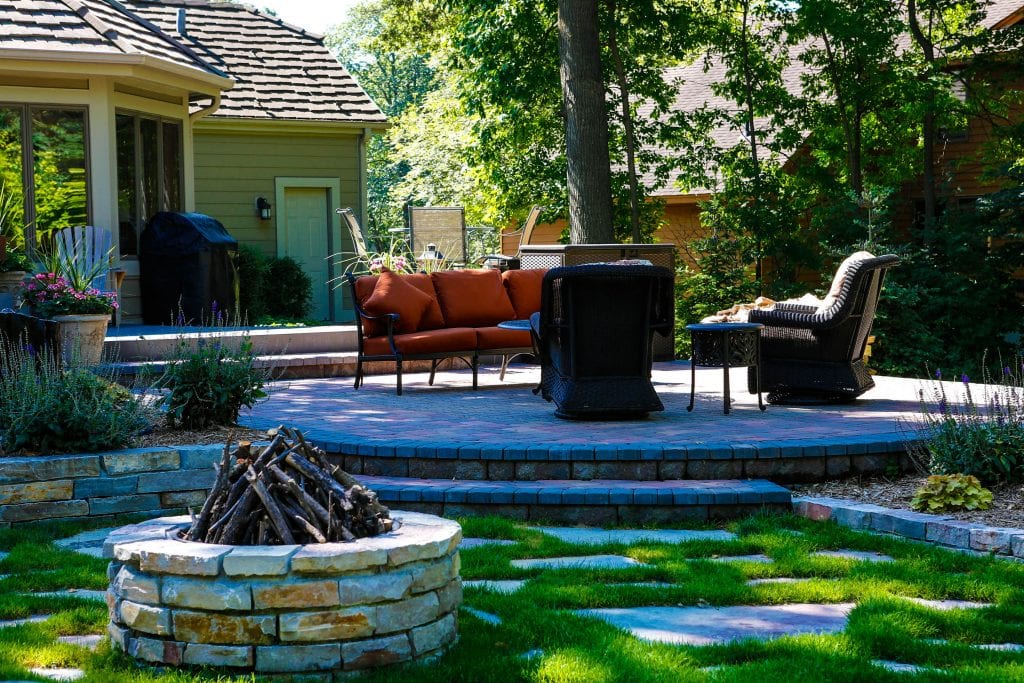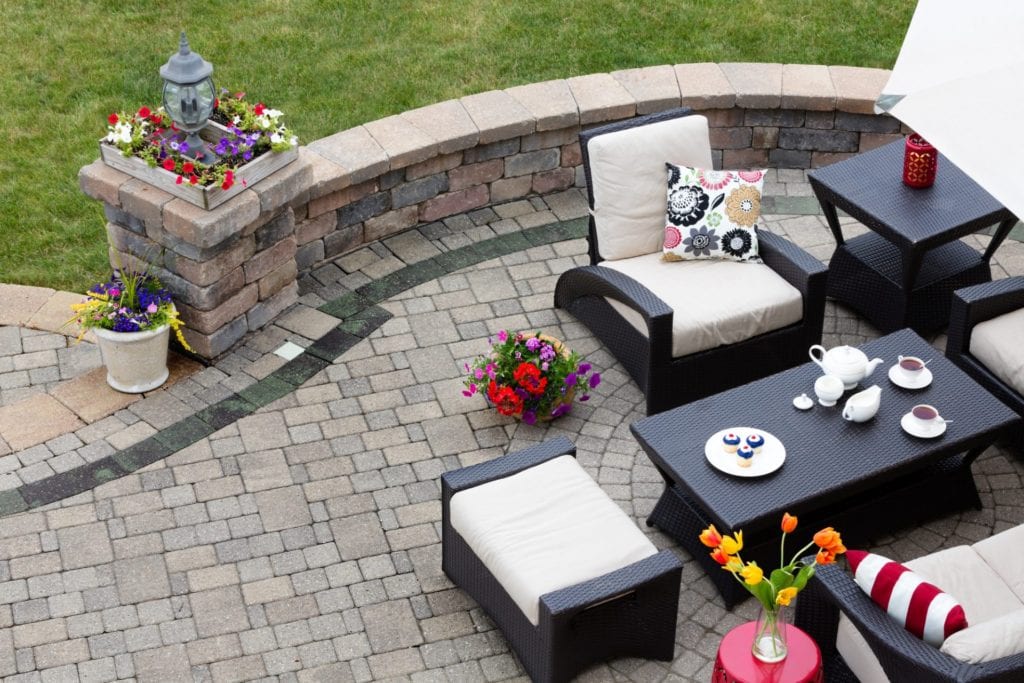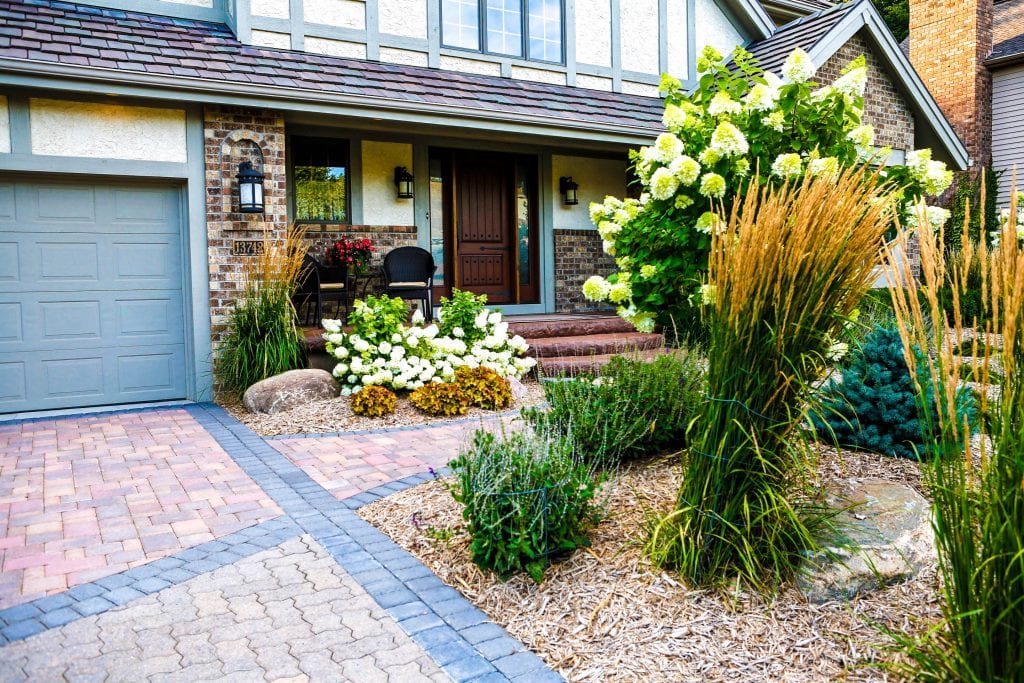Anything exposed to the elements will require regular care and occasional maintenance. The design and planning stage is a good time to consider the balance between aesthetics and care.
Natural, synthetic, and engineered materials and finishes will all require some degree of care, even if it is simply periodic power washing to remove minor discoloration due to elements in the environment. If your flooring is wood and it’s exposed to the elements it will need to be sealed every few years. If a space is protected from the elements, a bright floor rug may be just enough to brighten the space.
Some materials like wood provide warmth and charm, but there will be a need for regular upkeep. On the flip side, the initial construction costs will most likely be lower. For decking, rails, and stairs, there are newer synthetic materials, as well as durable coated aluminum that simulates traditional wood construction.
Planned upgrades can be installed at a later date to minimize initial construction costs. Even if action is not taken to do so, the value is captured and can be marketed when the time comes to sell the home.
Some of the most common upgrades for outdoor rooms are flooring, siding, and roofing materials, doors, windows, and of course, electronics. Keeping up with technology is a given, especially now that most wiring is being replaced by wifi or Bluetooth technology.
Therefore, get the basics such as electricity and water in place, but try to plan ahead for whatever may come along. Spaces within walls and beneath or above structures should be created whenever possible to accommodate these unforeseen needs.

